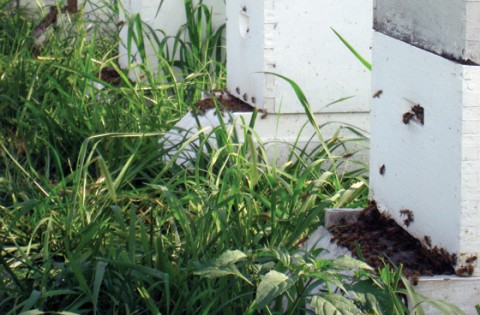The buzz of life: Notes from the farm

Your bees are in the mail,” read the postcard on my sister’s kitchen table.
It was not an April Fool’s prank but a simple statement of fact. In a day or two the local post office would call and ask, with a slight sense of urgency, for someone to please come pick up the wood and wire box containing two pounds of honeybees.
It was appropriate that the bees were coming now, during the spring week of maximal buzz. Following weeks of unseasonably warm weather, the flowers were out in full force—as were their pollinators. The flowering crabapple in my yard was a pulsating mass of blossoms and bees, from tiny native flies, moths, orchard mason bees and leafcutter bees to heavy bumblebees, the most improbable of all flighted creatures. They launch themselves into the air like overweight cargo planes, managing to land on the lip of a petal and grab on with their six strong legs while their vibrations loosen tightly held pollen grains.





